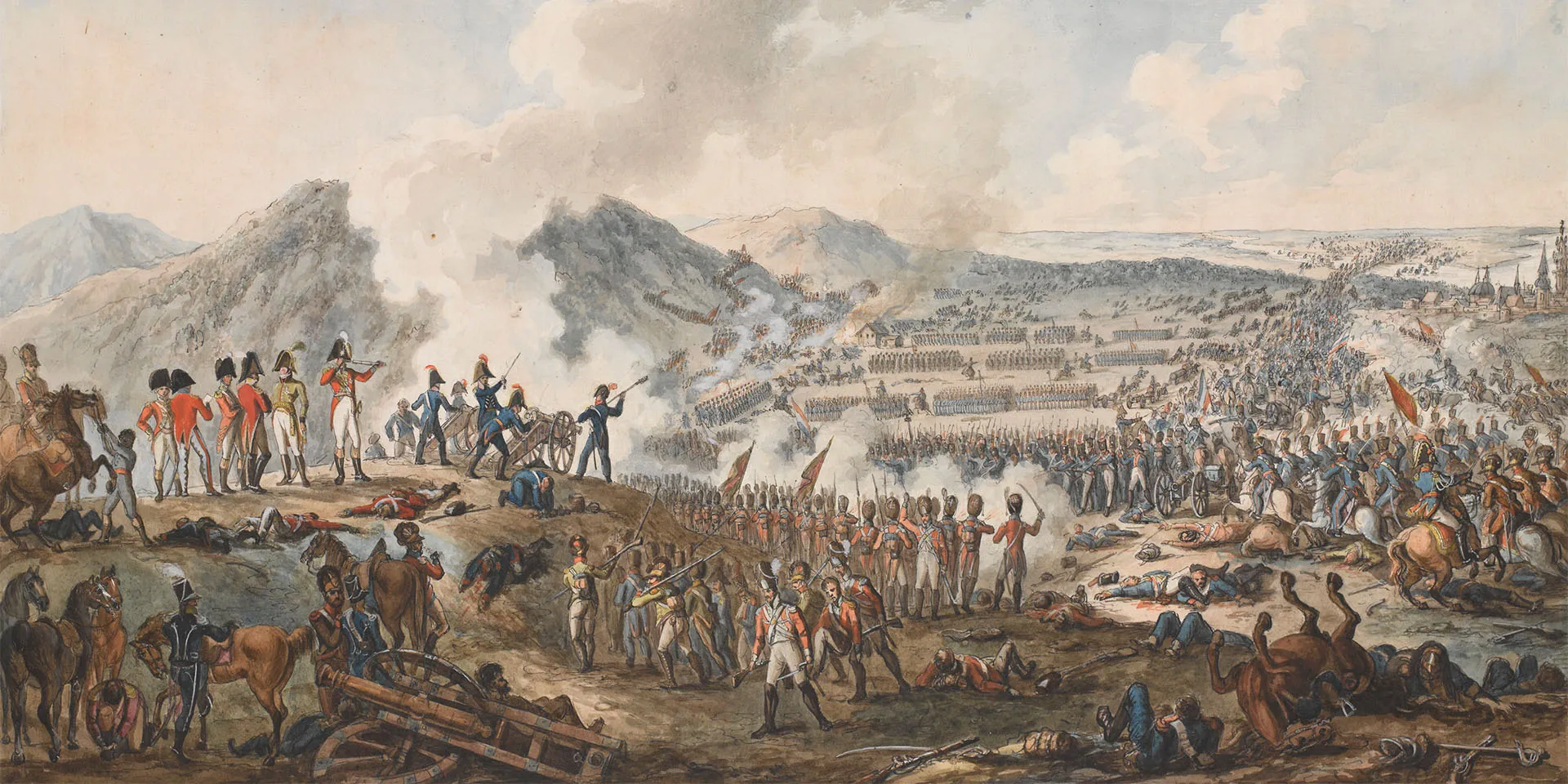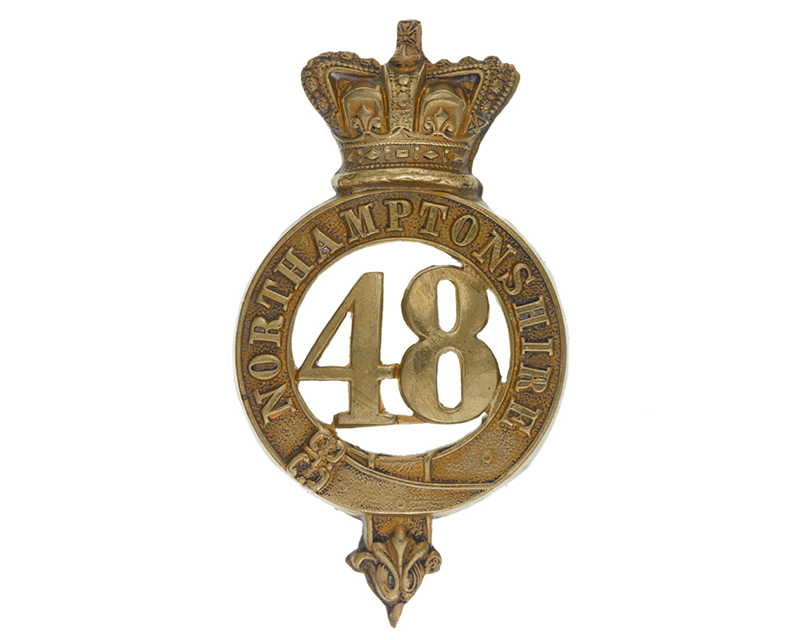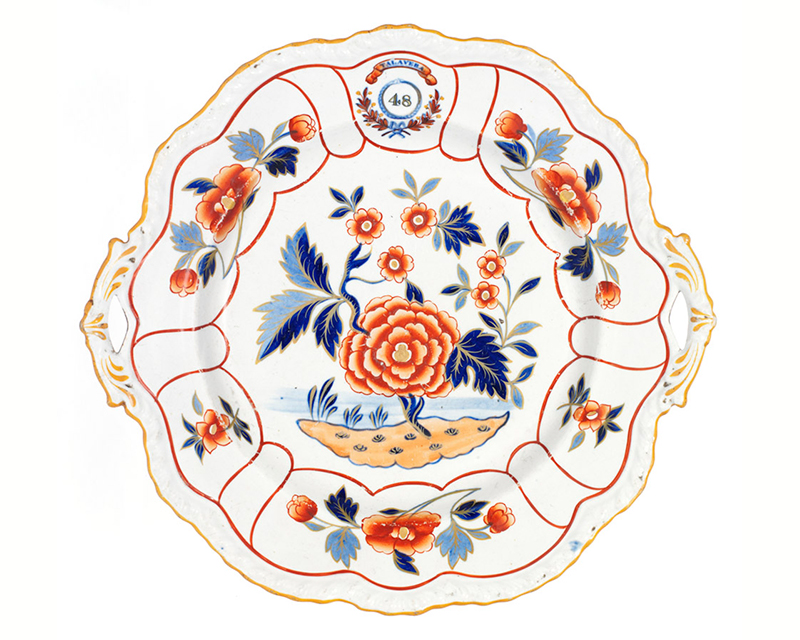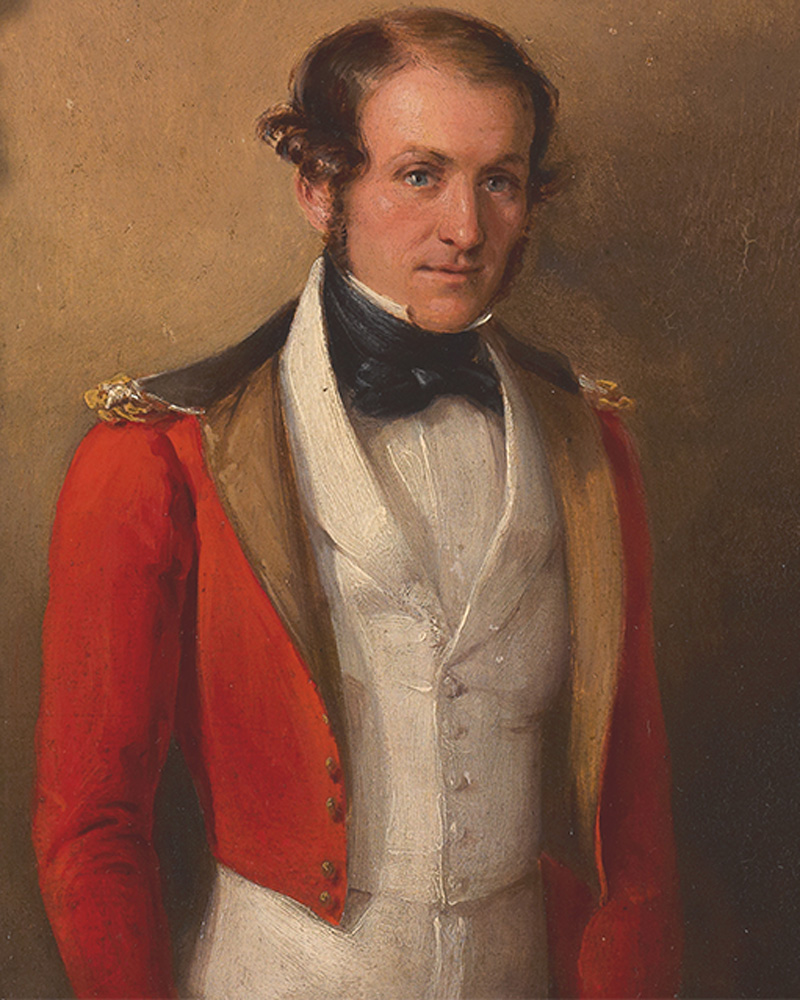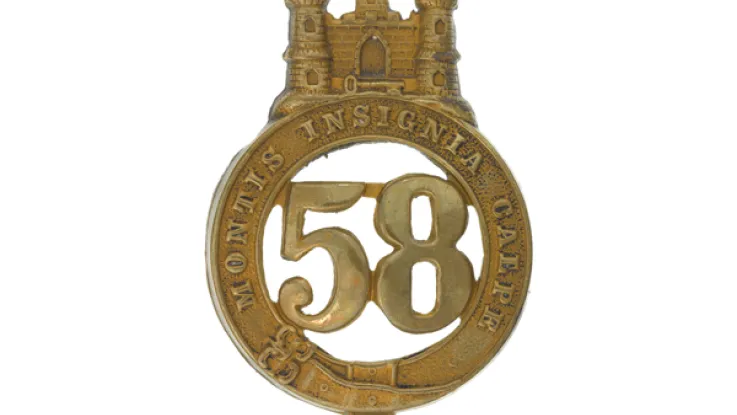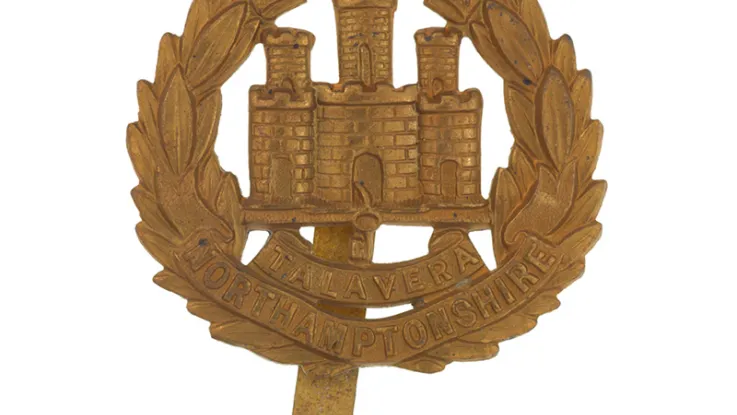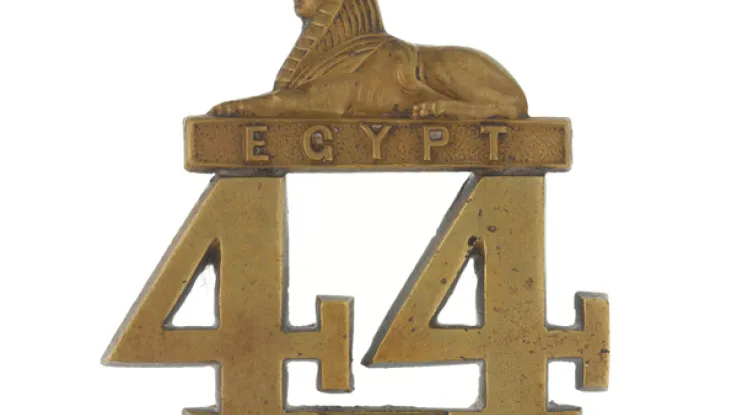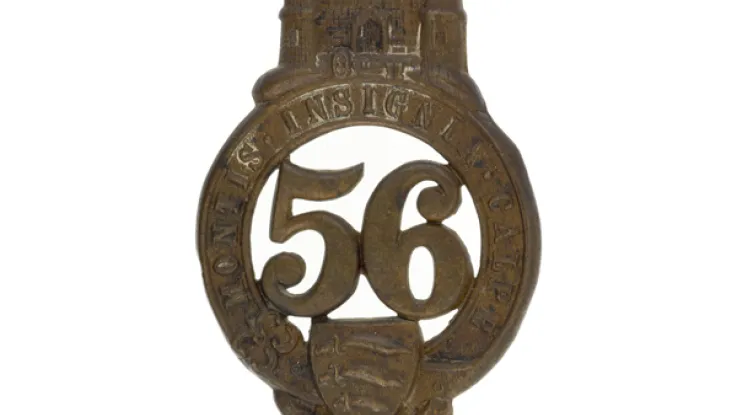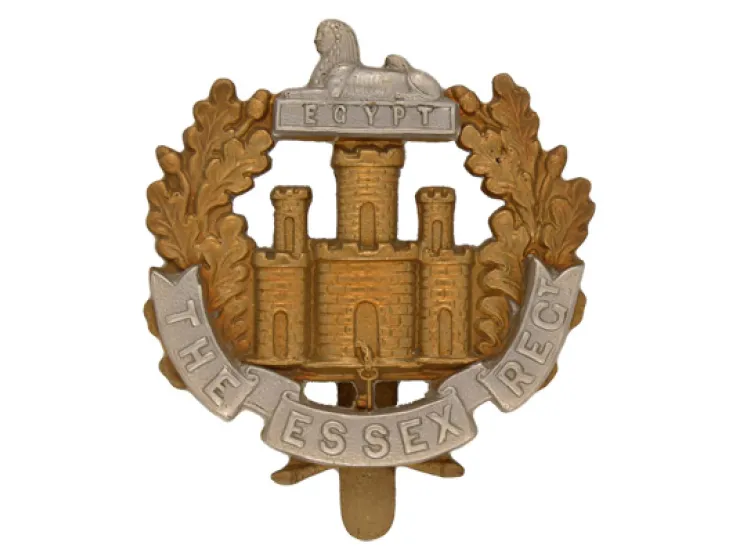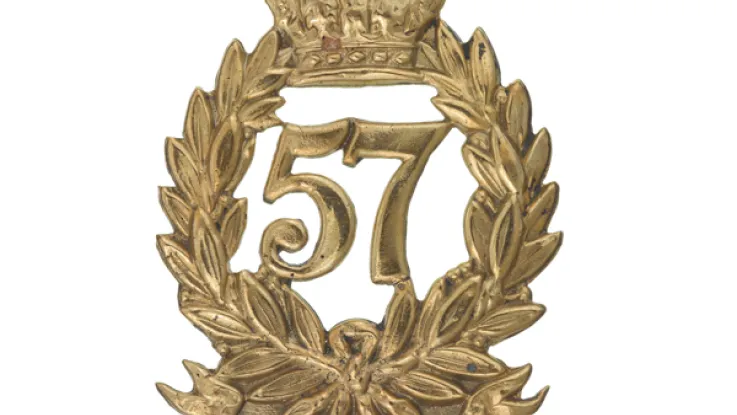Origins
In 1741, during the War of the Austrian Succession (1740-48), James Cholmondeley raised a new regiment at Norwich. Three years later, this unit was sent to Flanders, only to be rapidly recalled in 1745 to face the Second Jacobite Rebellion (1745-46) in Scotland, fighting at Falkirk and Culloden (1746).
It was originally ranked 59th in the line infantry order of precedence, but rose to 48th in 1751.
Early deployments
In 1755, the 48th Foot was posted to North America. It fought on that continent for five years, including at Louisburg (1758) and Quebec (1759) during the Seven Years War (1756-63). It then moved to the West Indies in 1761, before returning home to garrison Ireland in 1763.
The regiment was back in the West Indies during the American War of Independence (1775-83). It was captured by the French on Dominica in 1778 and released two years later. Following its return to England, it was given its county association with Northamptonshire in 1782.
Napoleonic Wars
After garrison duties in the West Indies in 1796-97, the regiment moved to Gibraltar in 1799, then to Minorca and Malta the following year. In 1803, it formed a 2nd Battalion.
Both battalions deployed to the Peninsular War (1808-14), fighting together at Talavera (1809) and Albuera (1811). The regiment was awarded a battle honour for its heroics at Talavera and its successor units have continued to celebrate Talavera Day (28 July) every year.
By 1811, 2nd Battalion had suffered so badly that most of its survivors had to be absorbed by 1st Battalion, with a handful sent home to re-recruit. It eventually disbanded three years later. Meanwhile, 1st Battalion remained in the Peninsula until the end of the war, seeing action at Badajoz (1812), Salamanca (1812), Vitoria (1813), Nivelle (1813) and Toulouse (1814).
'The battle [of Talavera] was certainly saved by the advance, position, and steady conduct of the 48th Regiment.'Lieutenant-General Arthur Wellesley — 1809
19th century
In 1814, the regiment moved to Ireland for three years, before escorting convict ships to New South Wales. It remained there until 1824, when it was sent to India, seeing action in the Coorg War (1834).
Following further garrison roles on Gibraltar, Jamaica and Corfu, the 48th Foot deployed to the Crimean War (1854-55), fighting at Sevastopol (1855). It was sent to India twice more in 1858 and 1872 for a combined total of 15 years.
Legacy
The 48th Foot was back on home soil in 1881, when it merged with the 58th (Rutlandshire) Regiment of Foot to form The Northamptonshire Regiment.
Regimental museums
The National Army Museum works with a network of Regimental and Corps Museums across the UK to help preserve and share the history and traditions of the Army and its soldiers.
Discover more about the 48th (Northamptonshire) Regiment of Foot by visiting Abington Park Museum in Northampton.

